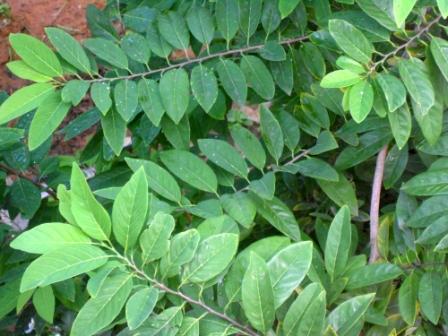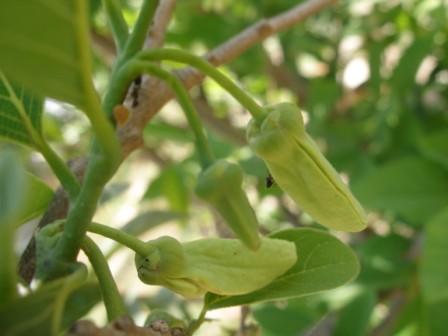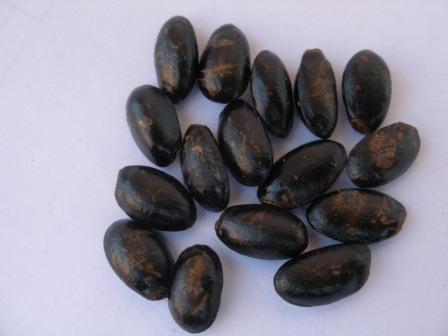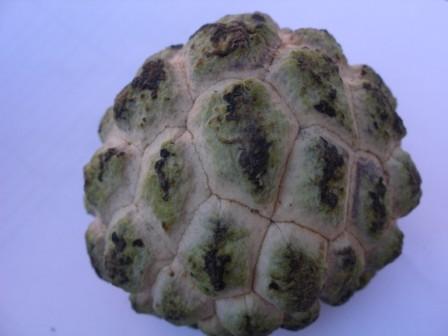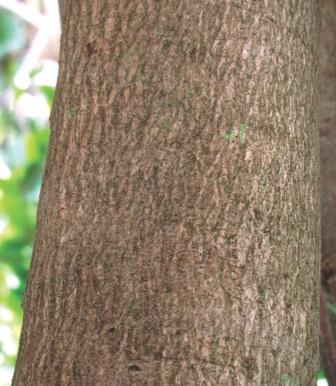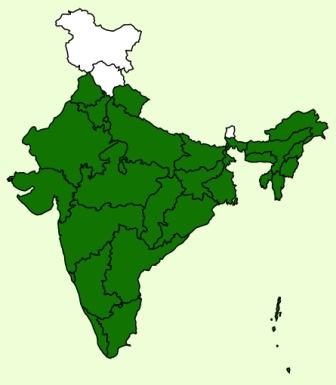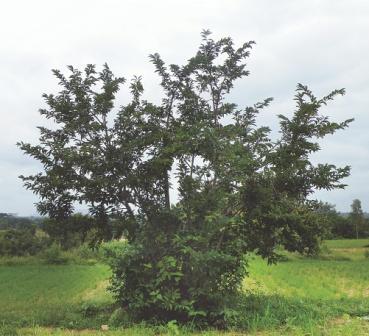Natural Regeneration :
- Regenerates under favorable conditions.
Artificial Regeneration :
- Seedlings can be easily propagated by seed and vegetative stem cuttings.
Seed collection and Storage :
- The fruits are depulped and seeds collected.
- It is shade dried and stored in air tight container
- seeds have a long viability
- Seeds of 1000 to 1500 / kg
- Germination percentage is 90-95%
Seed Treatment :
- Seed treatment is not advisable
Nursery Technique :
- It can be regenerate by seed or Vegetative propagation.
- Seeds are dibbled in the nursery bags and water regularly
- Germination occurs in 20-30 days after sowing
- Six month old seedlings are fit for planting
- It can also be propagated by stem cuttings using healthy branches of matured wood during the dormant period.
Plantation technique :
- Nursery raised seedlings are planted during the onset of monsoon.
- The pit of 60 cm3 at a spacing of 4 m x 4 m, 5 m x 5 m , 6 m x 6 m depending on soil type are dug prior to monsoon and filled with FYM, SSP and Neem cake
Care & Disease Control :
- Uniform soil moisture throughout the fruit set and fruit development ensures high yields and helps prevent fruit splitting.
Irrigation :
- For proper growth and survival it is necessary to give one or two waterings after planting.
- This is specifically required in arid regions.
- Irrigation after planting is not a prerequisite in areas having sufficient soil moisture and precipitation.
- Higher survival rate and better rate of growth is reported when soil and water conservation measures are also adopted.
Recommended Harvest :
- Harvest can be done from 3rd year.
- Single crop 4-5 picking are done in August to October
Yield :
- Normal Plantation yield is 7 tonnes /ha
- In high density plantation yield is 10-15 tonnes/ha
Agro Forestory :
- Trees are grown with mango, banana and coffee trees
Major uses :
Food:
- The pulp can be used as a flavoring in ice cream.
- Between 50-80% of the fruit is edible.
- The vitamin C content is appreciable (35-42mg/100g).
- The nutrient value of thiamine, potassium and dietary fiber is also significant.
Fuel:
- The tree is a good source of firewood.
Medicine:
- Leaves, shoots, bark and roots have been reported to have medicinal properties. The unripe fruit is astringent, and the root is a drastic purgative
Other uses :
Fuel:
The tree is a good source of firewood.
Medicine:
Leaves, shoots, bark and roots have been reported to have medicinal properties. The unripe fruit is astringent, and the root is a drastic purgative
Market details :
- Approximately Rs.12000 to 13000 / tonne of fruits.
*Subject to change according to market demands


